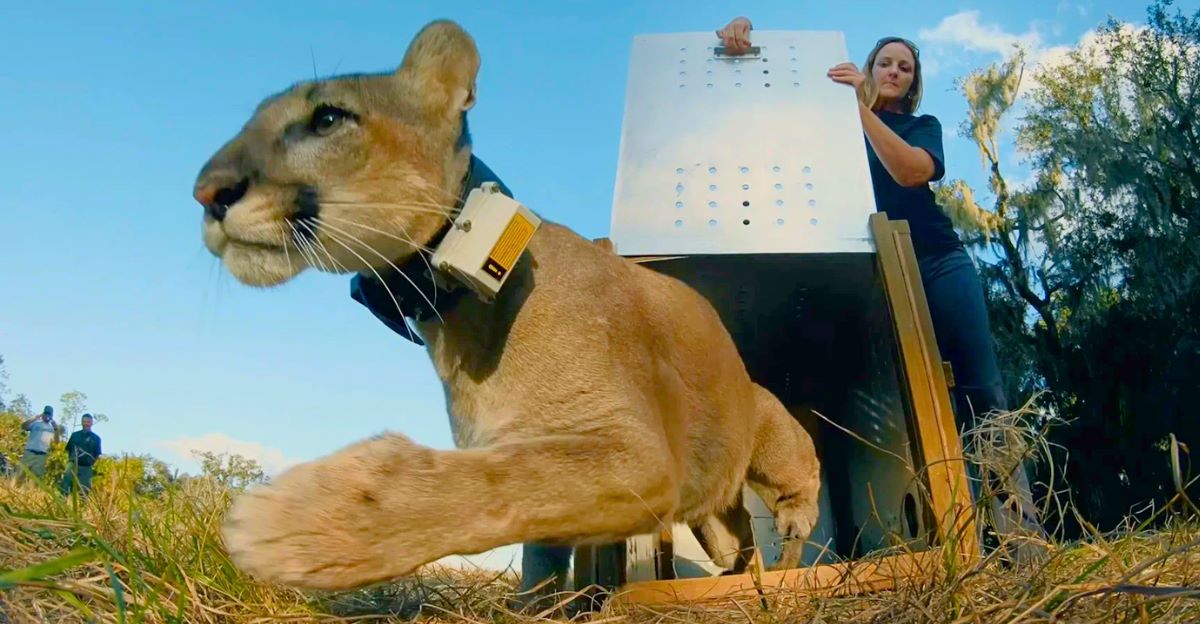
The Florida panther has fought its way back from the brink of extinction—but time is running out. With fewer than 230 left in the wild, these rare big cats are losing their battle against speeding cars, relentless development, and shrinking habitat. As roads carve deeper into their last remaining refuge, more panthers are dying each year. Can conservation efforts save them before it’s too late?
Deadly Roads: The Leading Killer

Florida’s highways are death traps for panthers. In 2024, a staggering 36 panthers died—mostly from vehicle collisions. State Road 29 and Alligator Alley (I-75) carve through critical habitat, leaving panthers with nowhere to go. Males take the risk to roam, but females avoid crossing, restricting breeding and genetic diversity. The result? A population boxed in by roads, unable to expand, and facing increasing inbreeding risks.
Fragmentation: The Invisible Barrier
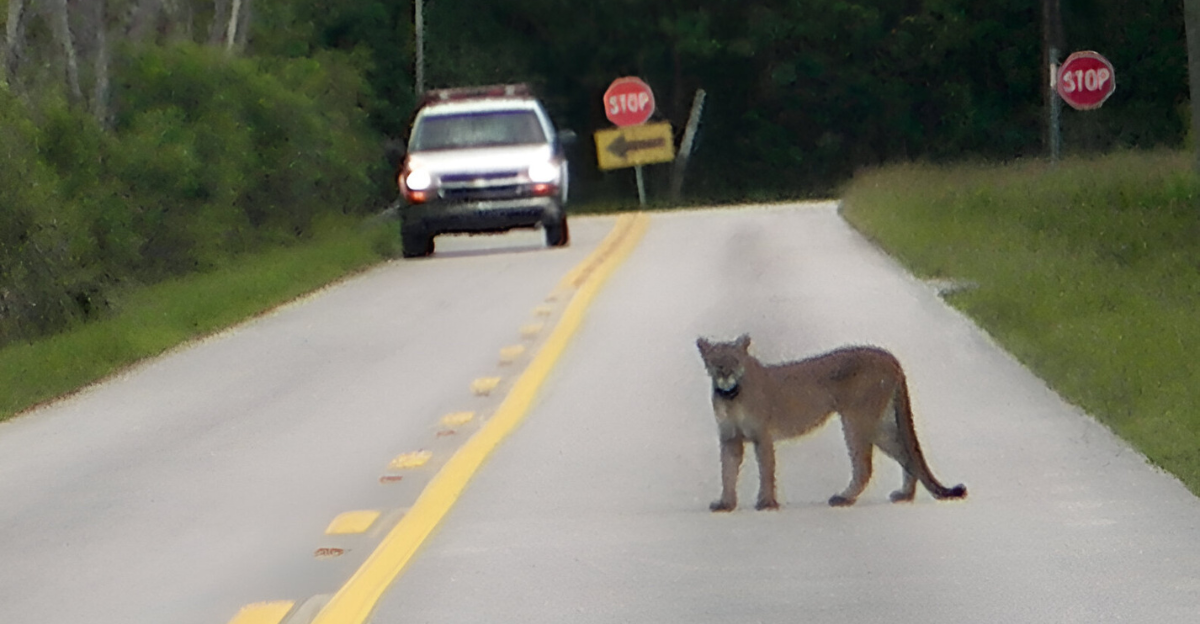
Florida panthers aren’t only exposed to road accidents—they’re confined by increasing road developments. Males risk deadly traffic crossings, while females remain stranded in shrinking habitats. These big cats need vast, unbroken wilderness to survive, but highways and development carve their world into isolated fragments. Cut off from each other, their genetic diversity suffers, leading to deformities and disease. Without wildlife corridors, the Florida panther is on a collision course with extinction.
The Concrete Jungle is Expanding
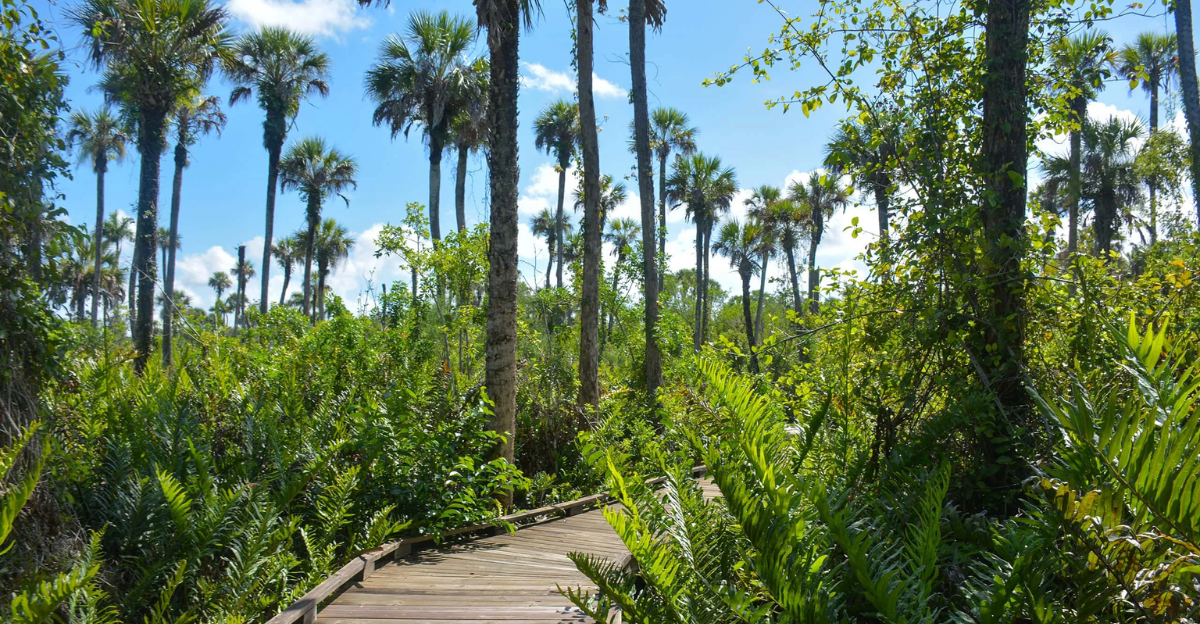
Florida’s rapid development is carving away panther habitat at an alarming rate. Every year, thousands of acres disappear, particularly in Collier and Lee counties—prime territory for the endangered cats. Expanding roads and housing leave panthers stranded in shrinking pockets of land, unable to thrive. As urban sprawl accelerates, conservation efforts struggle to keep pace, leaving Florida’s panthers with little room to survive.
Climate Change: A Looming Disaster
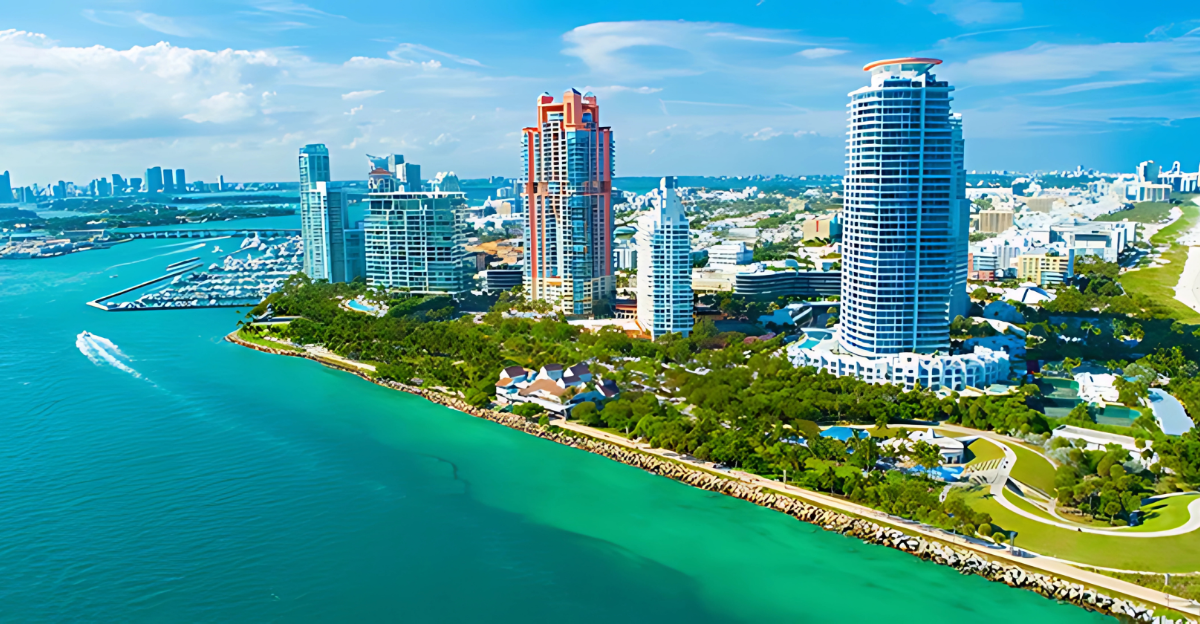
Rising seas aren’t just a threat to Florida’s coastlines—they’re swallowing panther habitat. By 2070, as much as 34% of their primary range could be underwater. Migration north is their best chance, but development has already blocked key pathways. Without urgent action to protect these corridors, climate change will leave Florida’s panthers stranded in a shrinking, flood-prone territory.
Genetic Bottleneck: A Dangerous Future
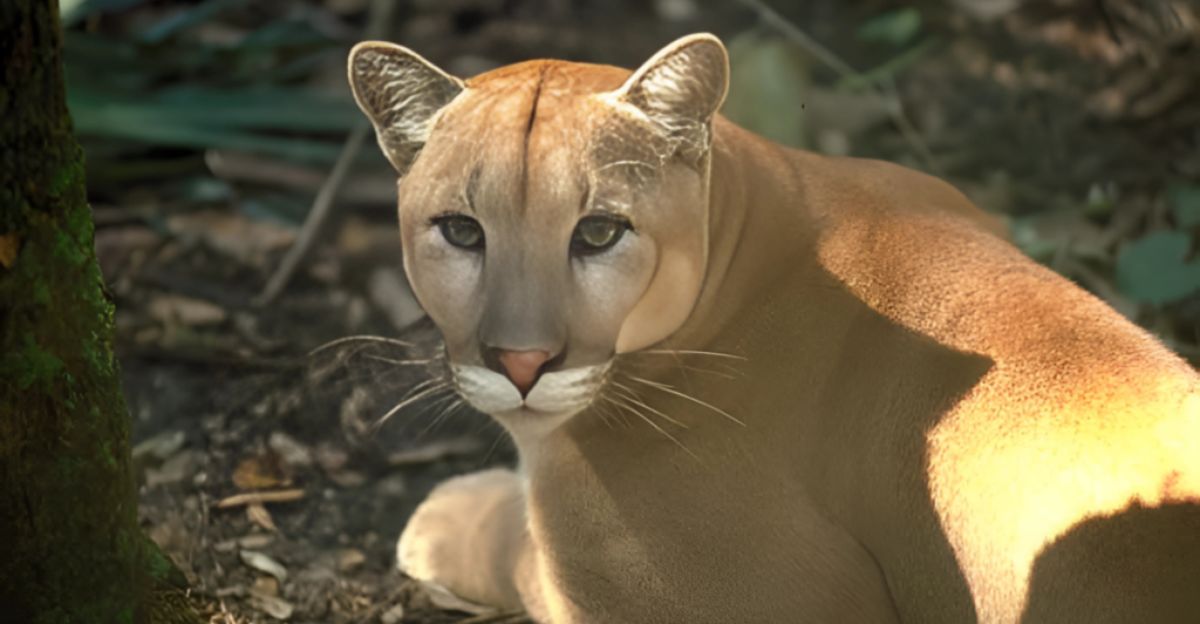
Decades of isolation have left Florida panthers genetically vulnerable. Past inbreeding led to deformities like kinked tails and heart defects. A 1990s rescue effort introduced Texas cougars, briefly restoring genetic health. But without room to roam, inbreeding risks are rising again. Without fresh genes, Florida’s panthers face a slow, inevitable decline.
The Political and Economic Blockade
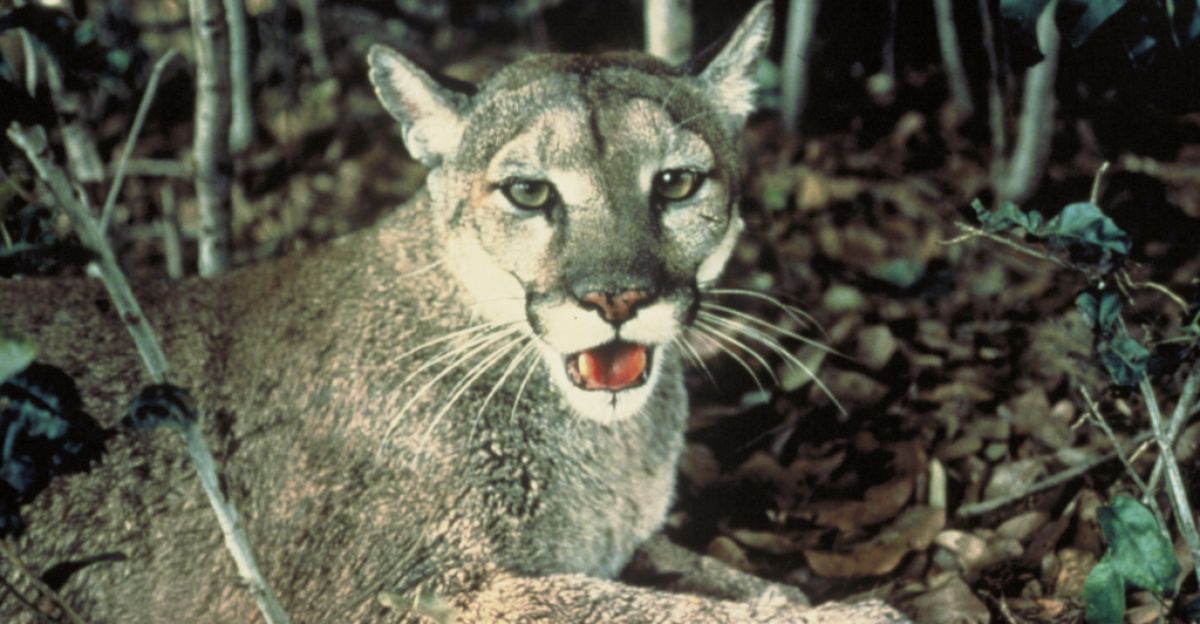
Florida panthers are legally protected, but conservation often loses to development dollars. Local governments prioritize construction for tax revenue and economic growth, while developers exploit legal loopholes to bypass habitat protections. Conservationists fight an uphill battle against powerful interests. Without stronger policies and enforcement, panther habitat will continue to disappear—one project at a time.
Losing Panthers Means Losing an Ecosystem
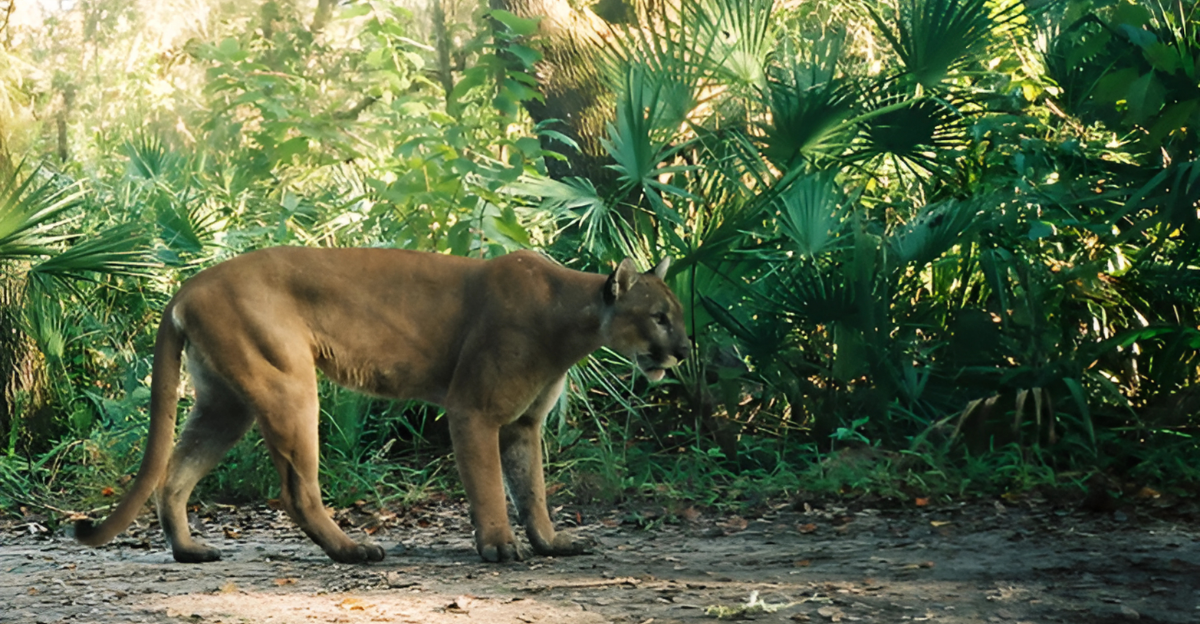
Panthers aren’t just another endangered species—they shape Florida’s entire ecosystem. As apex predators, they control deer and wild hog populations, preventing overgrazing and preserving plant life. If panthers disappear, Florida’s forests and wetlands will suffer unpredictable changes, setting off a domino effect that could destabilize the entire region’s biodiversity.
Time is Running Out—But Solutions Exist
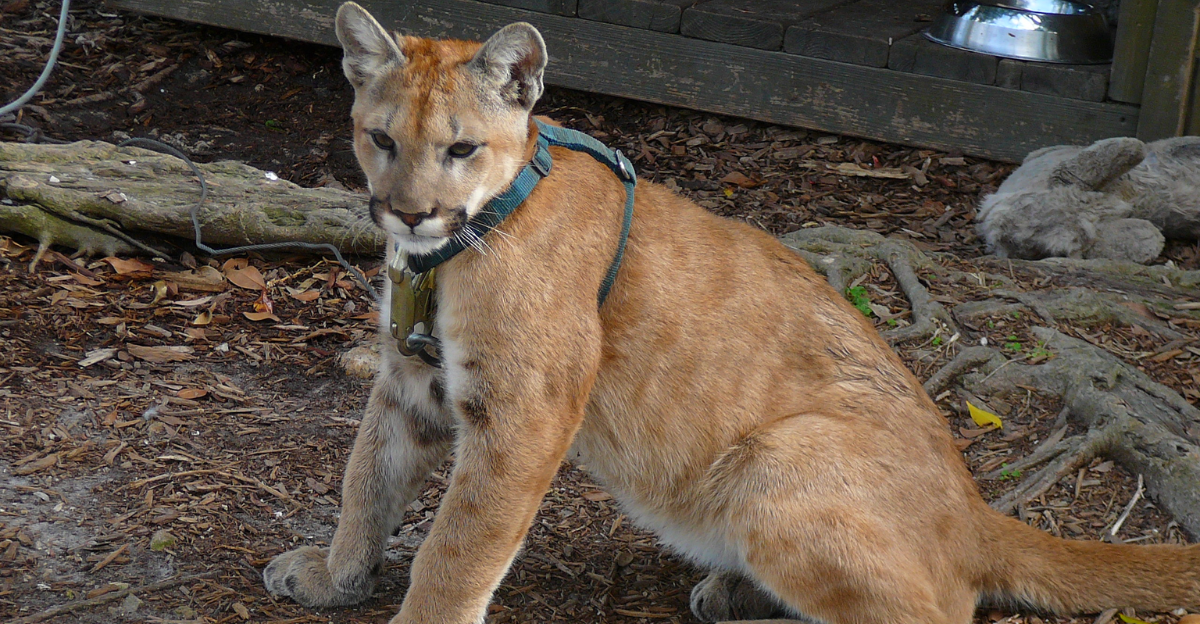
Hope remains, but action must be swift. Conservationists are pushing for more wildlife crossings, tighter development controls, and expanded protected lands. Legal battles aim to block destructive projects, but delays mean continued habitat loss. Without immediate intervention, these efforts may come too late to save Florida’s panther population.
How Technology Can Help Save Panthers
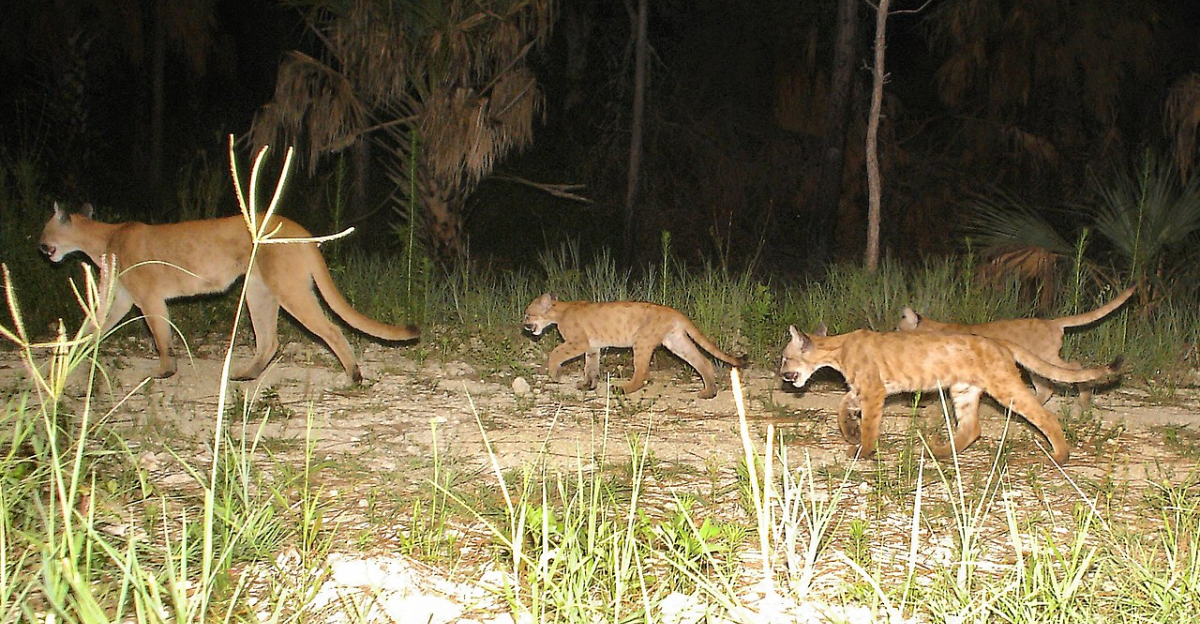
Innovative solutions exist—if they get the funding. Wildlife overpasses and underpasses have reduced roadkill in other states, and GPS tracking could pinpoint where they’re needed most. AI-driven monitoring can track panther movements and detect habitat threats in real-time. But without political backing and financial support, these tools remain underutilized.
The Cost of Inaction is Permanent
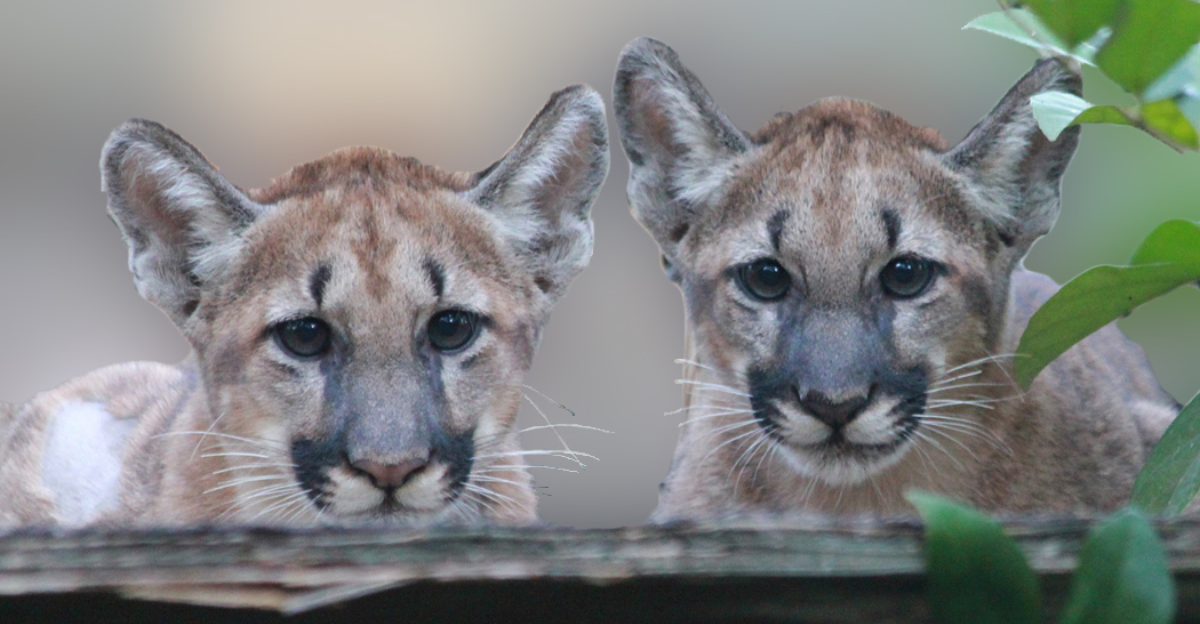
Once panther habitat is gone, it’s gone for good. Conservation efforts can be adjusted over time, but extinction is final. Florida faces a choice: protect the panther’s remaining strongholds now or accept that its official state animal will soon be nothing more than a memory.
Will Florida’s State Animal Survive?
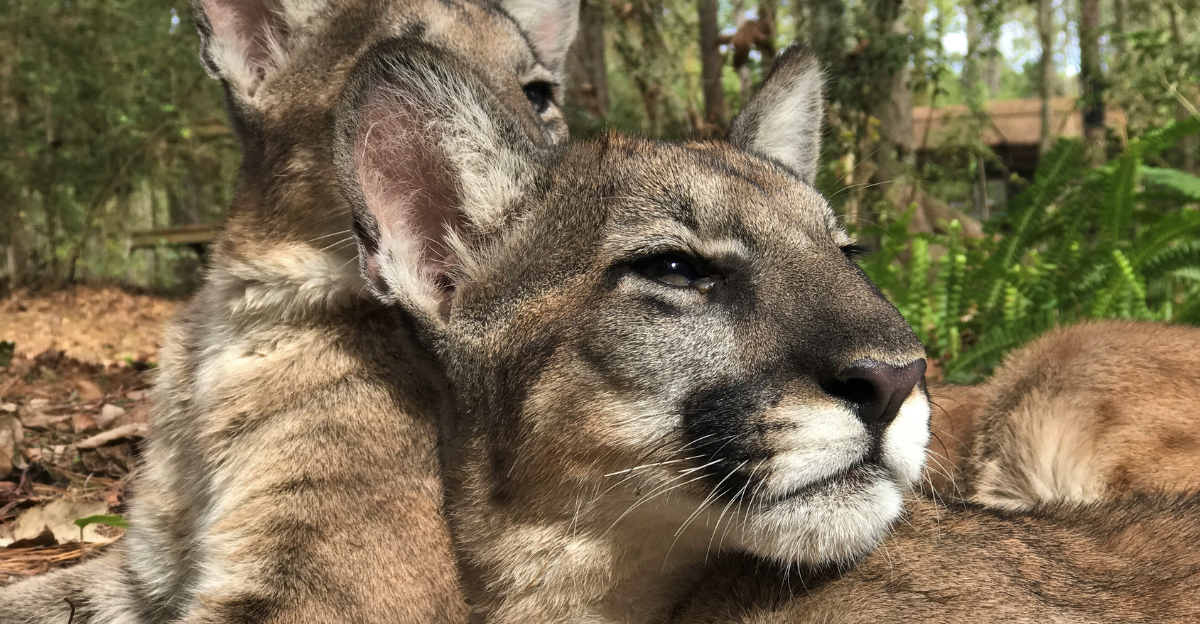
The Florida panther is running out of space, time, and options. Roads, development, and climate change are closing in, and conservation efforts are struggling to keep up. The fate of this iconic predator depends on immediate action. Will Florida rise to the challenge, or will it watch its last wild panthers disappear forever?
Explore more of our trending stories and hit Follow to keep them coming to your feed!
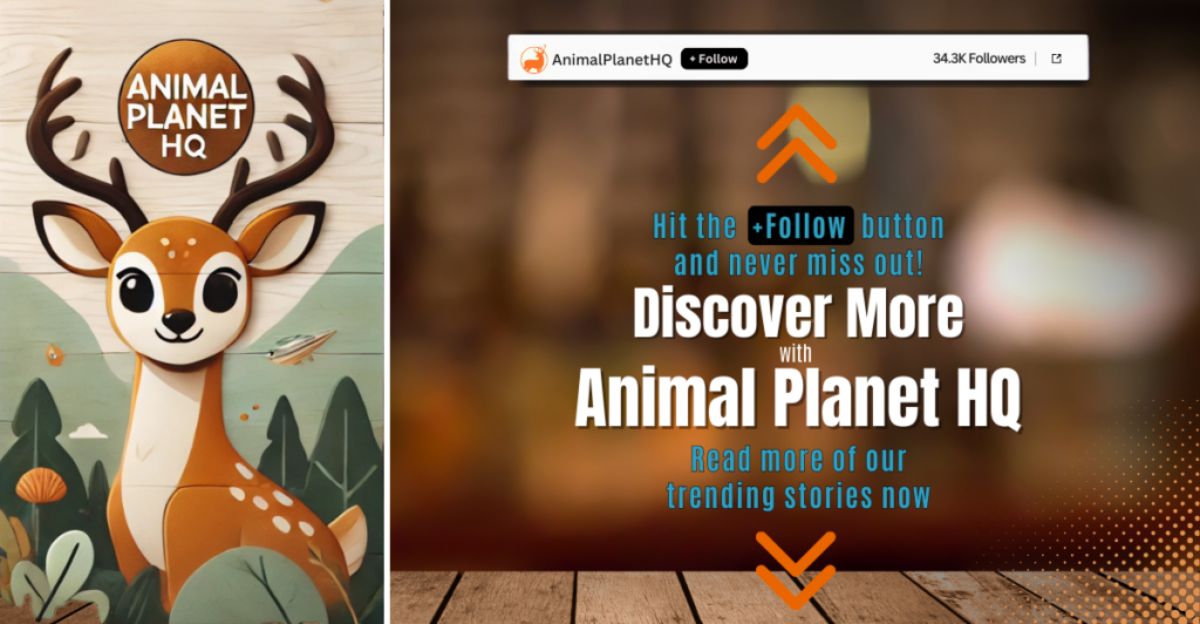
Don’t miss out on more stories like this! Hit the Follow button at the top of this article to stay updated with the latest news. Share your thoughts in the comments—we’d love to hear from you!







